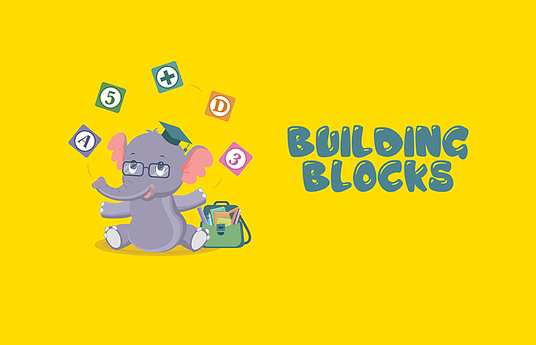I created the TiME Program to address the poor performance in mathematics in Northern Ghana's high schools. Many students lack access to modern educational tools and resources. By integrating technology like scientific calculators and providing targeted training and resources, we aim to empower students and educators, making math education more engaging, accessible and effective.
The TiME Program operates across schools in underserved regions, focusing on students' practical engagement with mathematics through technology. It begins with making scientific calculators to students at a very low cost, and free distribution of the book "CalMathics: Calculator Mathematics," which teaches students how to use these tools to solve complex math problems. The program also includes free tutorials, where students are guided on effective calculator use, and training sessions for teachers to integrate technology into their teaching methods.
The program has been spreading through strategic partnerships, sponsorships, and grassroots engagement. It is sponsored by Calmathics Publishing House and partnered with the Ghana Education Service. We also collaborate with local schools and educational stakeholders. The program currently runs in 12 schools in the Upper West Region, one of the five northern sector regions of Ghana. With time, we believe it will spread to include more schools in the region and beyond.
To implement the TiME Program in your country or location, start by contacting us to discuss how we can collaborate with your school or organization. We will provide scientific calculators, the "CalMathics: Calculator Mathematics" book and training materials and resources.



